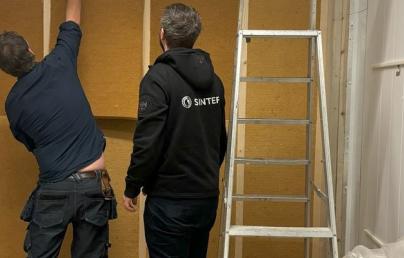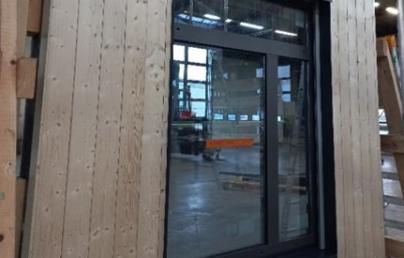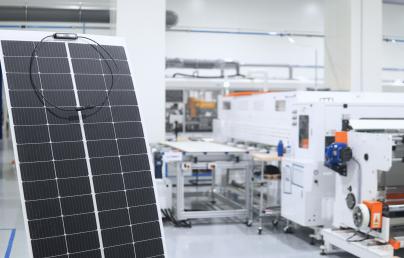
The importance of airtightness in Passivhaus construction

The importance of airtightness in Passivhaus construction
Airtightness in Passivhaus construction minimises air leaks to enhance energy efficiency, comfort, durability, and indoor air quality, while reducing environmental impact and the need for extensive heating or cooling systems.
Airtightness is a key principle in Passivhaus construction, ensuring energy efficiency, durability, and occupant comfort.
By minimising air leaks, buildings maintain heat, reduce reliance on heating, and prevent moisture issues like mould.
Passivhaus buildings aim for ≤ 0.6 air changes per hour (ACH), optimising thermal comfort and reducing environmental impact.
Benefits include better moisture control, energy savings, sound insulation, and improved indoor air quality.
Common misconceptions include the belief that airtightness causes poor air quality, but mechanical ventilation ensures fresh air.
Proper airtightness requires careful planning, testing, and integrating air barriers, which are essential for long-lasting, energy-efficient buildings.

